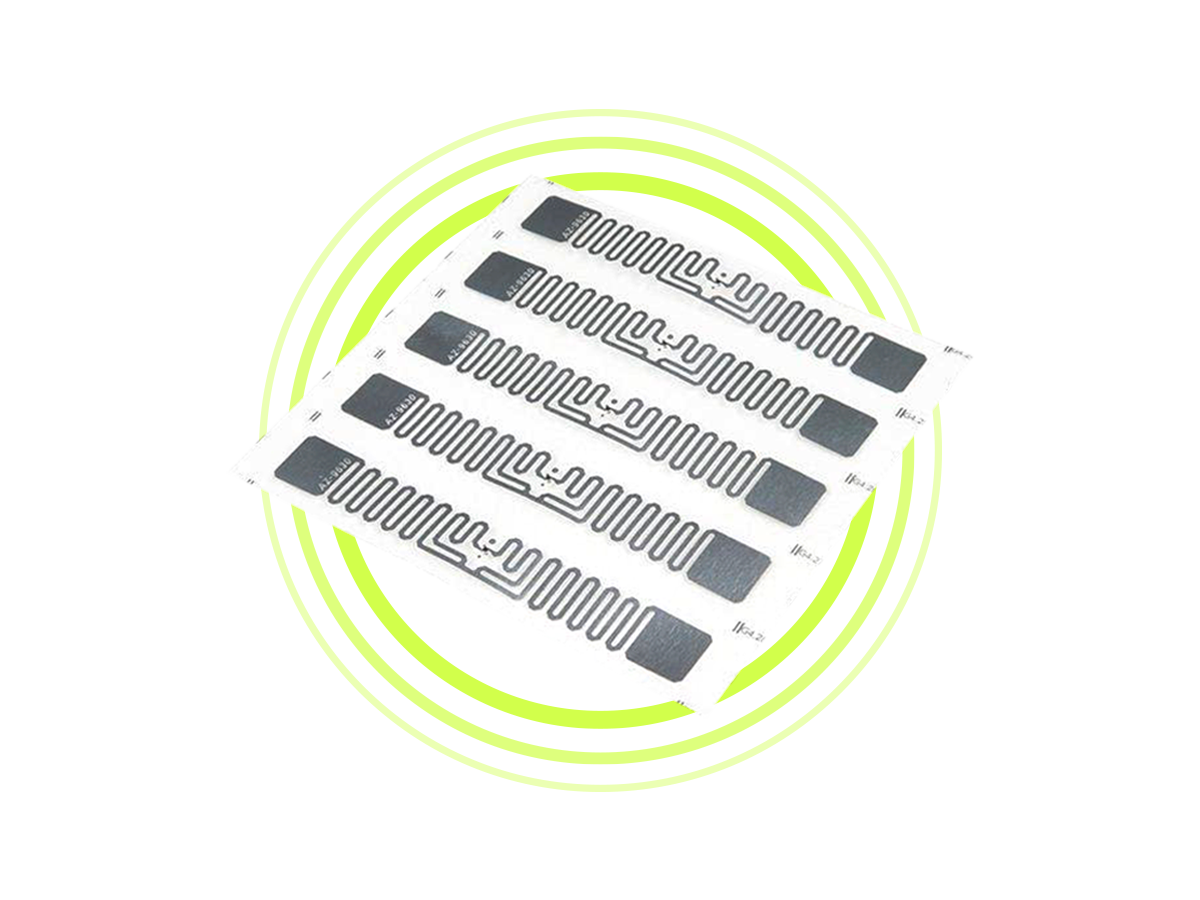UHF, the English acronym for Ultra High Frequency, is an automatic wireless communication technology that allows you to read data from a great distance.
RFID is an automatic identification technology based on devices called RFID tags.
The RFID tags are divided into two large categories:
- passive tags: devices that do not have their own power source
- active tags: devices that have a source of their own energy
Passive tags operate mainly on three frequencies: Low Frequency (LF), High Frequency and Ultra High Frequency (UHF).
UHF tags are successfully used in the world of logistics and retail thanks to the possibility of reading data from great distances, ranging from 8 -10 meters.
The application of RFID tags with UHF technology for logistics and inventory in the industrial sector is carried out by taking advantage of portable handheld readers that carry out readings over a great distance.

